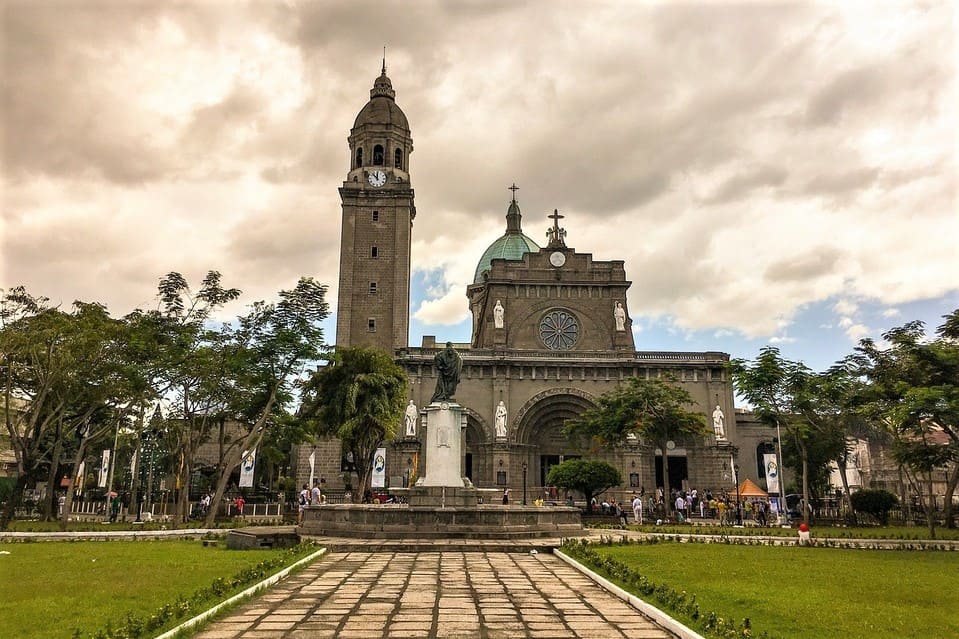
Evolution of Tagalog: The Story of a National Language
Tagalog, the national language of the Philippines, is spoken across the country's extensive archipelago of over 7,000 islands by a population of more than 100 million people. Understanding the evolution of Tagalog provides valuable insights into its significant role in the culture of the Philippines. This article explores the history of Tagalog, tracing its origins, examining the impact of colonial influences, and detailing its development into a unifying language for the Filipino people.
The Austronesian Origins of the Tagalog Language
Tagalog is part of the Austronesian language family, which is one of the world's largest language families, both in terms of geographical spread and number of speakers. The Austronesian languages are believed to have originated from Taiwan, with migrations occurring over 4,000 years ago. The speakers of Proto-Austronesian languages spread southwards, reaching the Philippines approximately 4,000 years ago. Tagalog, like other Philippine languages, developed from this Proto-Austronesian base.
Pre-colonial Period
Spanish Colonial Period
During the Spanish colonial era, which lasted from 1565 to 1898, Tagalog began to evolve significantly due to the influence of Spanish. The first substantial documentation of Tagalog was in the form of a dictionary and grammar book by Spanish friars, which helped in using the language for religious conversion. Manila, a Tagalog-speaking region, became the colonial capital, which enhanced the status of Tagalog.
One of the most significant linguistic effects of Spanish colonization was the influx of Spanish words and phrases into Tagalog. As the language of power, Spanish influenced Tagalog vocabulary, leading to the adoption of numerous loanwords. Words related to religion, government, trade, and everyday items found their way into Tagalog, enriching the language
Beyond mere vocabulary, Spanish also influenced Tagalog's syntax and grammar. Sentence structures and word order changed due to Spanish influence, resulting in a linguistic fusion that reflects the cultural exchange between the two languages.
19th and 20th Century
In the late 19th century, as the Filipino national identity began to develop, Tagalog was central in the propagation of nationalist ideas. The revolutionary society, Katipunan, used Tagalog in its literature and communications. By the 20th century, particularly during the American colonial period, Tagalog's prominence continued to grow. Despite the imposition of English as the medium of instruction in schools, Tagalog maintained its influence through its use in literature, media, and daily communication among Filipinos. The establishment of the Institute of National Language in 1937, which later declared Tagalog as the basis for the national language (eventually named Filipino), was a significant milestone.
After the independence of the Philippines in 1946, efforts to promote and standardize Tagalog intensified. The language became a symbol of national identity and pride, reflected in its incorporation into the educational system and government functions. The 1987 Philippine Constitution further solidified Tagalog's status by recognizing Filipino, based on Tagalog, as the national language, ensuring its continued growth and development in the modern era.
Official Status
In 1937, Tagalog was selected as the basis of the national language, renamed Pilipino in 1959, and finally Filipino in 1987. Filipino, which is primarily based on Tagalog, is one of the two official languages of the Philippines along with English. This language serves as a lingua franca among the various ethnolinguistic groups in the country.
Contemporary Times
Today, Tagalog, officially known as Filipino, is a significant symbol of national identity in the Philippines. It is widely used in government, education, media, and business. In government, Filipino is utilized in official documents and public communications. Educational institutions teach Filipino as part of their curricula. In media, Filipino is prominent in television, radio, print, and digital platforms. The language continues to evolve, incorporating elements from other Philippine languages and international languages such as English. This historical journey highlights how Tagalog has been influenced by various cultural exchanges and political changes over the centuries, showcasing its ongoing adaptation and growth.
The evolution of Tagalog from its origins in the Austronesian language family to its role as a national language of the Philippines showcases the adaptability and continuity of the Filipino cultural identity. This historical progression is marked by significant influences, including indigenous traditions, centuries of Spanish colonization, and subsequent cultural interactions. Tagalog has played a crucial role in the socio-political landscape of the Philippines, embodying both the nation's diverse heritage and its collective aspirations. As Tagalog continues to be used in various spheres of daily life, it remains a central element of the Philippines' linguistic and cultural framework, symbolizing both unity and resilience.







